(Antwerp 1610 - Brussels 1690)
The Alchemist
oil on panel, 39.5x55.5 cm, with frame 58x73x6 cm
Born in late antiquity, alchemy experienced its moment of greatest glory in the Middle Ages and in the first centuries of the modern age and the alchemist has always been an ambiguous figure, surrounded by a veil of magic and mystery: he is, in fact, the one who through chemical and philosophical expedients tries to produce gold, the philosopher's stone or the elixir of long life.
The panel, in excellent condition, depicts this very figure: the alchemist, in the foreground, dressed in a dark green tunic and a blue gray cap, is depicted with the tools of the trade, while with a bellows he tries to light a hot fire to boil the water contained in a large pot with a still at the top of it.
On the left, in the background, two boys are busy arranging the master's tools while wonderful details animate the scene: at the bottom, on the right, numerous manuscripts full of notes appear, placed haphazardly on a small table and also on the floor; on the left, other tools of the trade: funnels, carafes and even a vase full of ears of wheat placed on a barrel in order to decorate the cold walls.
On the walls, splendid drawings are hung that appear to be simple drafts depicting an owl or the alchemist himself intent on preparing a potion.
A strange stuffed fish is positioned on a shelf, perhaps for the purpose of studying its species.
The details are the true strength of the painting: numerous details, depicted with skill and mastery, allow you to position your gaze on different points without ever boring the viewer, in search of the secrets of this mysterious figure.
Each individual character is placed within a perspective studied in detail to give a perfect balance to the scene.
This appears as a beautiful genre scene, of which the artist is the greatest representative within a family of Flemish painters.
Born in Antwerp in 1610, David Teniers the Younger devoted himself mainly to the depiction of interiors and the representation of scenes of bourgeois and popular life.
A pupil of his father, he was influenced by painters such as Adam Elsheimer and Peter Paul Rubens.
In the first phase of his activity, his painting was influenced by the works of Frans Franken II, an artist with an eclectic style who depicted numerous subjects, including genre, mythological or allegorical scenes: in the work The Witches' Kitchen of Franken of 1606, in fact, we find that meticulousness of details and particulars that Teniers himself would make his own in his own works (see for example The Initiation of the Witches of 1645), where bright and luminous colors are often repeated within scenes of domestic life, with a skillful manipulation of chiaroscuro.
In a second phase, Teniers' artistic language came closer to that of Adriaen Brouwer, where, in the dark tavern scenes, the faces and expressions of the human figures stand out in a central position and the artist's influence is also evident in the works of the Younger, who takes up the interiors and the expressiveness of the characters.
His fame grew to such an extent that, having moved to Brussels in 1651, he became the court artist and curator of the collections of Archduke Leopold Wilhelm of Austria, governor of the Spanish Netherlands.
He died in Brussels in 1690, becoming a protagonist of the very successful trend of the pictorial tradition of the Netherlands, painting village festivals, shops, domestic interiors and tavern scenes.
A final and further comparison with the work examined could be made with another production of the same subject by the same artist: in 1649 he produced The Alchemist's Laboratory, preserved at the Philadelphia Museum of Art, where, using bellows, an alchemist carefully heats burning coals under a crucible and observes a transmutation.
The Flemish painter's repertoire is vast, sometimes depicting dark taverns or laboratories, other times representing peasant festivals or rooms filled with paintings with bright and exuberant colors but in both cases he never fails to represent the vivacity and expressiveness of his characters, making his works unique in their genre.
Reference bibliography:
M. Pagliani, Alchemy: in search of gold and immortality, Infinito Edizioni, Modena, 2017






























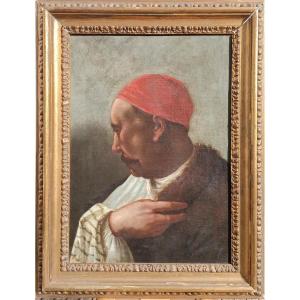
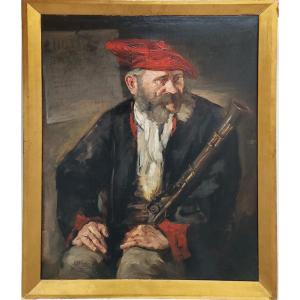
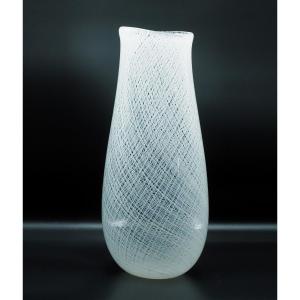

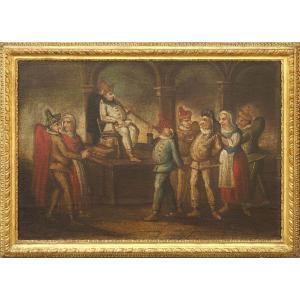





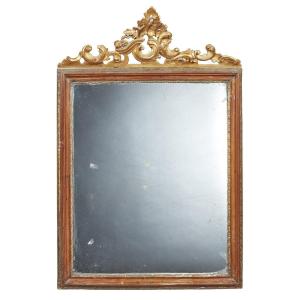

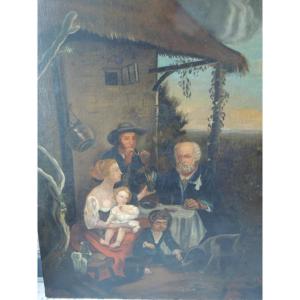







 Le Magazine de PROANTIC
Le Magazine de PROANTIC TRÉSORS Magazine
TRÉSORS Magazine Rivista Artiquariato
Rivista Artiquariato